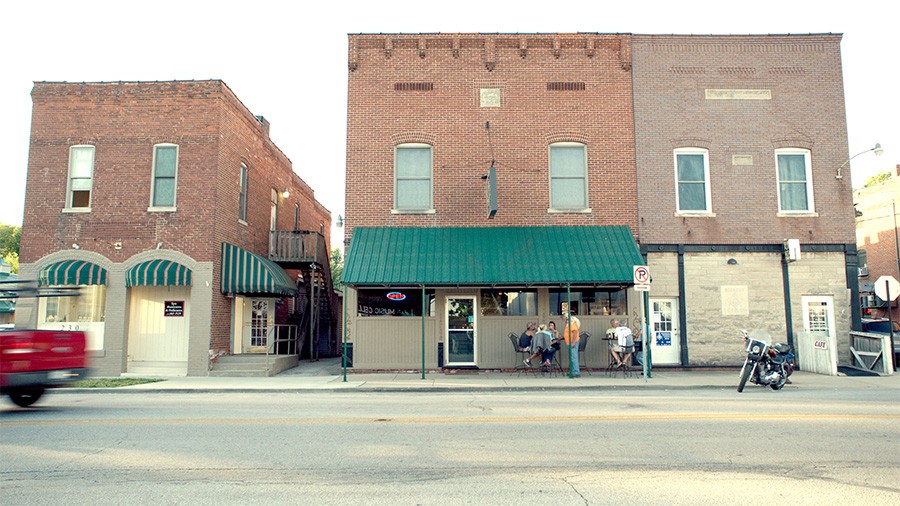Monrovia, Indiana
Director/ Frederick Wiseman
Watched on Kanopy
Rating 1/5
Monrovia, Indiana is either the most boring film Frederick Wiseman has ever made or it is the most subversive. This chronicle of the day-to-day life of a small midwestern town (population about one thousand, according to a 2010 census) is so devoid of visual interest, color, or even the most modest of dramatic material, I wondered if the director may have asked himself at some point why he was even bothering to continue to film. Or did he discern something in the enervating footage that commented on the divisiveness of our country, a willingness of small-town people to embrace the ho-hum pattern of their daily rituals as a kind of stubborn stand against the coastal elites?
It’s hard to tell. I once sat through a 90-minute workshop Wiseman conducted at a documentary film conference in which he showed a lengthy clip from his early film Welfare and then proceeded to describe–in head-scratching detail–the clip we all just watched, without any insight, reflection, or behind-the-scenes revelations. It was as if we were all blind and deaf and hadn’t just viewed the clip he then laboriously described. It was weird. And it confirmed for me my problem with Wiseman and the adoring critics who elaborately praise his unvarnished, marathon-length films of the past couple decades: there isn’t a scrap of subtext to his movies; no subtle allusions or metaphorical conclusions to be inferred. Wiseman might be the least captivating living legend working today. Professionally, he is the Woody Allen of the documentary world.
What you see is really all there is to his films. And what you see is bland, basic B-roll; conventionally composed frames of middle-distance focal length, accompanied by fly-on-the-wall audio, that makes you feel as if you’re a bedside witness to the slow death of the documentary genre.
Given that, I’d say that Monrovia, Indiana is indeed the most boring film he has ever made. This is no sly, hidden critique of the lifestyle of the town’s inhabitants. It is not satirical, quirky reportage. It is not meant to be a devastating depiction of the extreme monotony of life in flyover country. Yet, despite whatever Wiseman might say to convince you of his observational good intentions, that is exactly what it is. The experience of sitting through scene after scene of city council meetings, a Masonic lodge award ceremony, a car show, and high school classroom lectures, is akin to anxiously waiting for a terribly long freight train to clear the crossing so you can get the hell out of town.
Scattered between the tiresome sequences of humans conducting tedious bits of business are several inexplicably fast-paced montages of exteriors: houses, buildings, intersections, street signs, and fields. Wiseman, who edits his own films, barely holds on a single one of these images for more than two seconds. These shots are arguably no more interesting than the interiors of the shops and meeting halls in Monrovia. In fact the flat, interchangeable landscapes merely enhance the feeling of being trapped in a hellish Thornton Wilder nightmare. But what motivated Wiseman to cut these sequences as if there was some kind of directorial point-of-view behind the sports highlight-package pacing, while everything else in the movie is edited with the molasses-like approach of a clinician? It’s almost impossible to answer that question. If it’s because Wiseman himself realized he needed something to break up the uneventful dreariness of his footage, then that is an indefensible position. He should have just packed up his camera and walked away.

